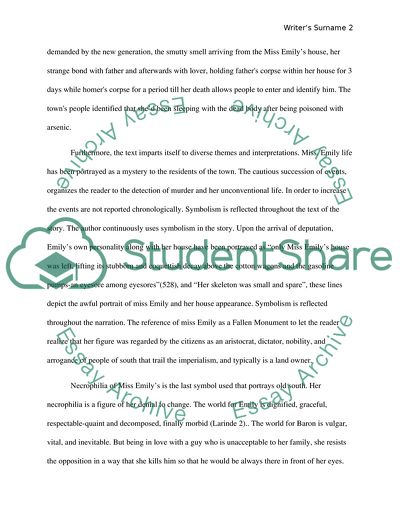Cite this document
(William Faulkners A Rose for Emily Research Paper, n.d.)
William Faulkners A Rose for Emily Research Paper. Retrieved from https://studentshare.org/literature/1786766-you-need-chose-one-topic-from-the-book-literature-the-human-experience
William Faulkners A Rose for Emily Research Paper. Retrieved from https://studentshare.org/literature/1786766-you-need-chose-one-topic-from-the-book-literature-the-human-experience
(William Faulkners A Rose for Emily Research Paper)
William Faulkners A Rose for Emily Research Paper. https://studentshare.org/literature/1786766-you-need-chose-one-topic-from-the-book-literature-the-human-experience.
William Faulkners A Rose for Emily Research Paper. https://studentshare.org/literature/1786766-you-need-chose-one-topic-from-the-book-literature-the-human-experience.
“William Faulkners A Rose for Emily Research Paper”, n.d. https://studentshare.org/literature/1786766-you-need-chose-one-topic-from-the-book-literature-the-human-experience.


